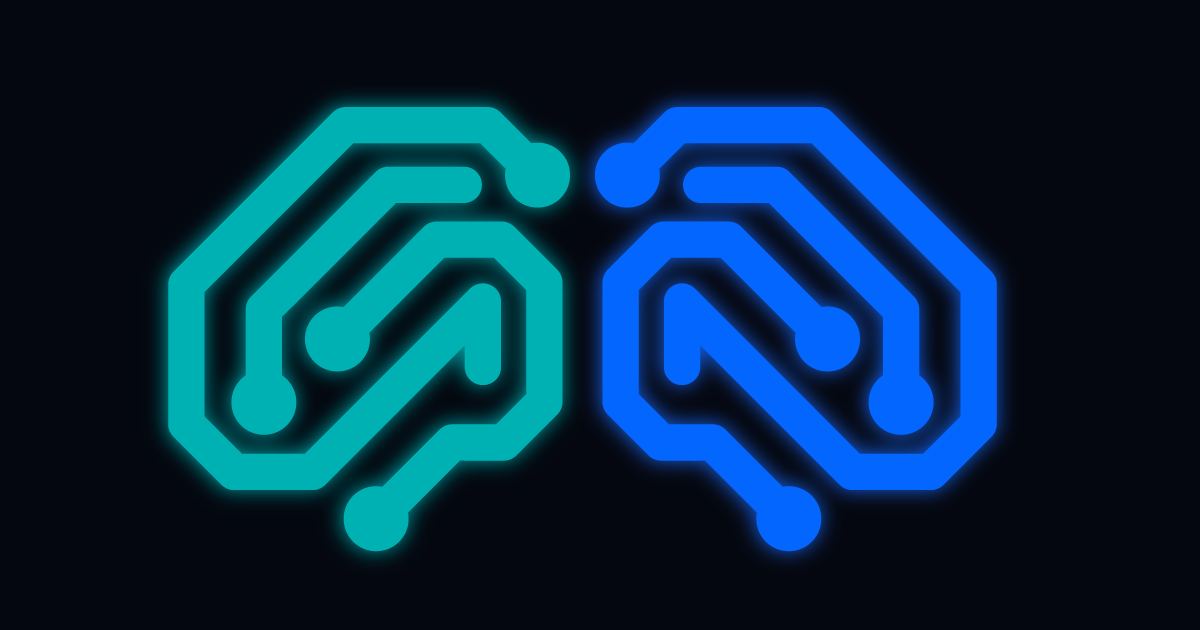
ChatGPT for IT Teams: Resolve’s AI Code Translator Gives Automation a Boost
Subscribe to receive the latest content and invites to your inbox.
Generative Artificial Intelligence (AI) is commanding conversations these days, a never-before-seen system that's captured many millions of users since its debut in November 2022. A machine learning innovation that creates content of all kinds (and that's just the beginning), generative AI also comes up with new product designs and optimizes business processes.
We have only begun to exploit and understand this disruption. Globally, research predicts the generative AI market is expected to grow at a CAGR of 34.2 percent.
OpenAI's ChatGPT is one of the most used AI models today and it's changing—if not completely transforming— the way its users do everyday things and get professional work done.
It's without a doubt that generative AI deserves a strong presence in the IT world, too. Here at Resolve, we believe automation is nothing new to IT—teams have been automating scripts to improve their day-to-day work for some time now. However, we also believe generative AI for IT can get even better.
Please meet our new AI Code Translator—the tool for empowering IT professionals to take innovation to the next level and unlock new opportunities for businesses.Resolve's OpenAI/ChatGPT Translate Code Integration is Here
Resolve Actions empowers IT teams worldwide with a purpose-built, intelligent IT automation platform. IT practitioners can quickly build workflows using our no-code, low-code, or bring-your-own-code automation designer using thousands of existing automation activities.
Resolve can provide a great starting point for automation, and as your journey continues, we can help orchestrate existing automations as well.
In a common use case, IT teams rely on Resolve's platform to orchestrate their existing scripts and scriptlets. For example, Resolve can integrate with Ansible playbooks to automate network configuration or chef or puppet scripts for CI/CD-related activities.
To further this flexibility, Resolve now allows IT teams to harness the power of the latest, resounding disruption in AI: ChatGPT. Resolve Automation Exchange, in doing so, houses the AI Script Converter that turns your existing scripts into Resolve Actions Tasks, helping you build a library of automation tasks that can be reused, as well as version controlled and secured. With added governance you can now make this available to your teams for use, promoting ideal automation hygiene.
The process is optimized for smaller and more concise code snippets to ensure faster translations, and the automation supports a wide range of programming languages like Java, Python, JavaScript, C++, and more. The integration saves valuable time and effort for developers by making the translation process quicker and more efficient.
The translation functionality integrated into Resolve's AI Translate Code automation is powered by a single Action Task, especially designed to deliver a customized prompt to OpenAI's GPT-3.5 LLM. The feature works to provide end-users with a streamlined solution for translating code or scripts from their source language into Groovy.
How Does it Work?
The process begins by establishing a connection with the OpenAI REST API. Once connected, the process asks the language model to perform the translation process from the origin language to the specified target language.
Next, the prompt is engineered to return the data in a specific format. The returned data should inform the end user of the translated code's syntax. The prompt should also provide a summary of what the analyzed code is attempting to perform.
Ultimately, when the translation is complete, the code can be copied into a new custom Action Task. It allows for a streamlined workflow because users don't have to leave the platform. They can save time for focusing on bigger, more important tasks. Plus, the integration ensures consistency and accuracy in the translation process, which can lead to improved productivity and better results, along with a slew of other benefits like making tribal knowledge available to everyone and staying compliant with organizational policies by using secure coding principles.
"Bring your own code" is a method that enables IT to reuse scripts. When paired with a low-code/no-code platform, it allows for fast automations and provides scale and flexibility. It's about taking existing scripts and converting them into reusable action tasks.
READ MORE: Just Stick to the Script?
Low-code/no-code platforms, according to Gartner, are expected to reach more than $44 billion by 2026, as the demand for greater velocity in application delivery, skills gap, and tools complexity will accelerate the adoption of development technologies. IT professionals can focus on the needs of users rather than the time and effort it would take to write the codes themselves. They can reach a faster time-to-value and a greater sense of ease when building an application, which ultimately leads to solving unique business challenges.
To learn more about how generative AI can help scale your IT operations, request a demo with an automation expert.






